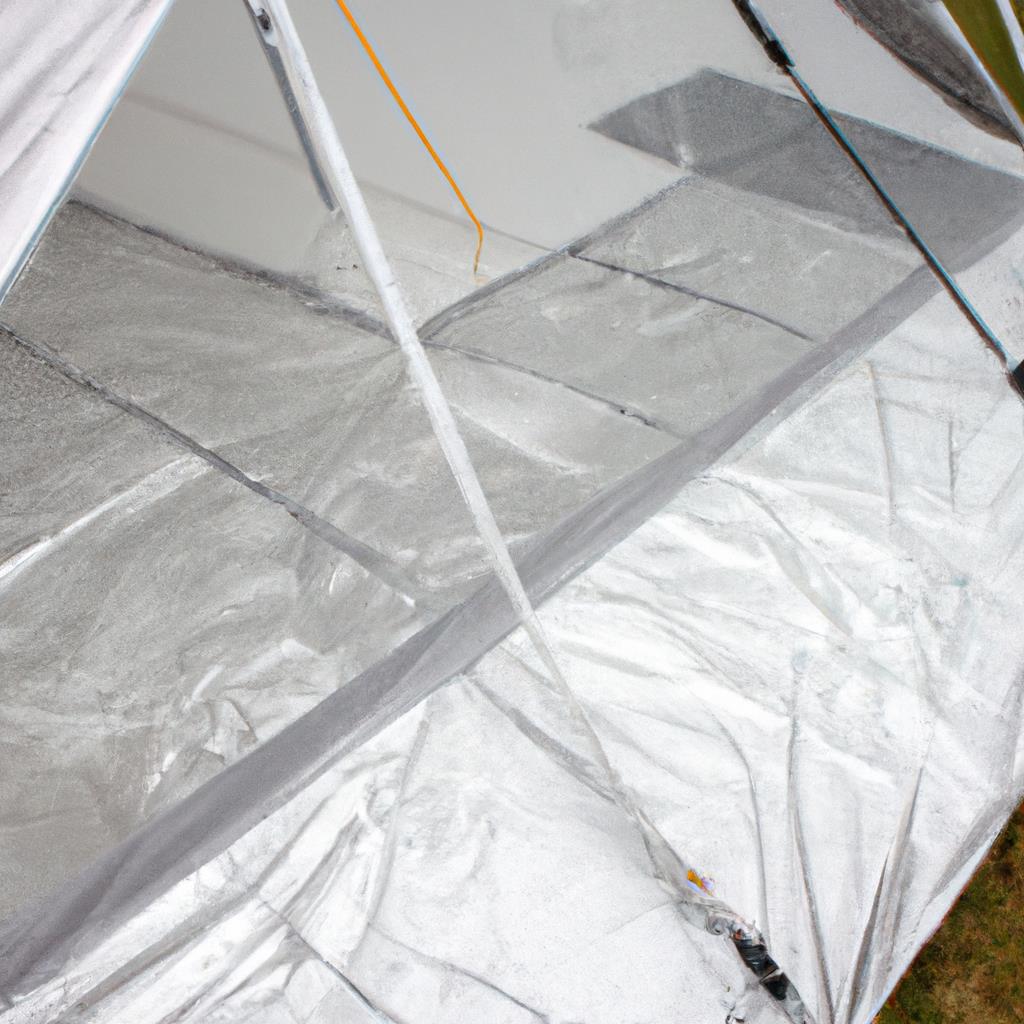Camping and tenting can be a fun and relaxing way to connect with nature and spend time with friends and family. However, setting up your tent in wet weather can be a challenging task. If you are camping in an area where rain is common, it is important to learn some waterproofing techniques to ensure that your tent stays dry and comfortable.
Here are some tips for waterproofing your tent in wet weather:
1. Choose the right location: When setting up your tent in wet weather, it is important to choose a location that is well-drained and not prone to flooding. Avoid setting up your tent in low-lying areas or near rivers and streams where water can accumulate.
2. Use a ground tarp: Before setting up your tent, lay down a ground tarp to provide an extra layer of protection against moisture. Make sure the tarp is slightly smaller than the footprint of your tent to prevent water from pooling underneath.
3. Seam seal your tent: Many tents come with seams that are not fully waterproof. To prevent water from seeping through these seams, apply a seam sealant to all the seams of your tent. This will create a watertight seal and keep you dry during rainy weather.
4. Waterproof the rainfly: The rainfly is an important part of your tent that provides protection against rain and moisture. To ensure that it is fully waterproof, apply a water repellent spray to the outside of the rainfly. This will help water bead off the fabric and prevent it from seeping through.
5. Check for leaks: Before heading out on your camping trip, it is a good idea to set up your tent at home and check for any leaks. If you find any areas where water is seeping through, use a seam sealant or waterproof tape to seal them up.
6. Keep the interior dry: To prevent moisture from building up inside your tent, make sure to keep wet gear and clothing outside or in a separate vestibule. This will help to maintain a dry and comfortable interior during wet weather.
7. Ventilate your tent: Proper ventilation is key to preventing condensation and moisture buildup inside your tent. Leave the windows and doors of your tent slightly open to allow for airflow and keep the interior fresh and dry.
8. Pack a repair kit: In case of any tears or punctures in your tent fabric, it is important to pack a repair kit with adhesive patches and waterproof tape. This will allow you to make quick repairs on the go and keep your tent dry and functional.
By following these waterproofing techniques, you can ensure that your tent stays dry and comfortable even in wet weather. With the right preparation and attention to detail, you can enjoy a successful camping trip no matter what the weather may bring.


leave a comment